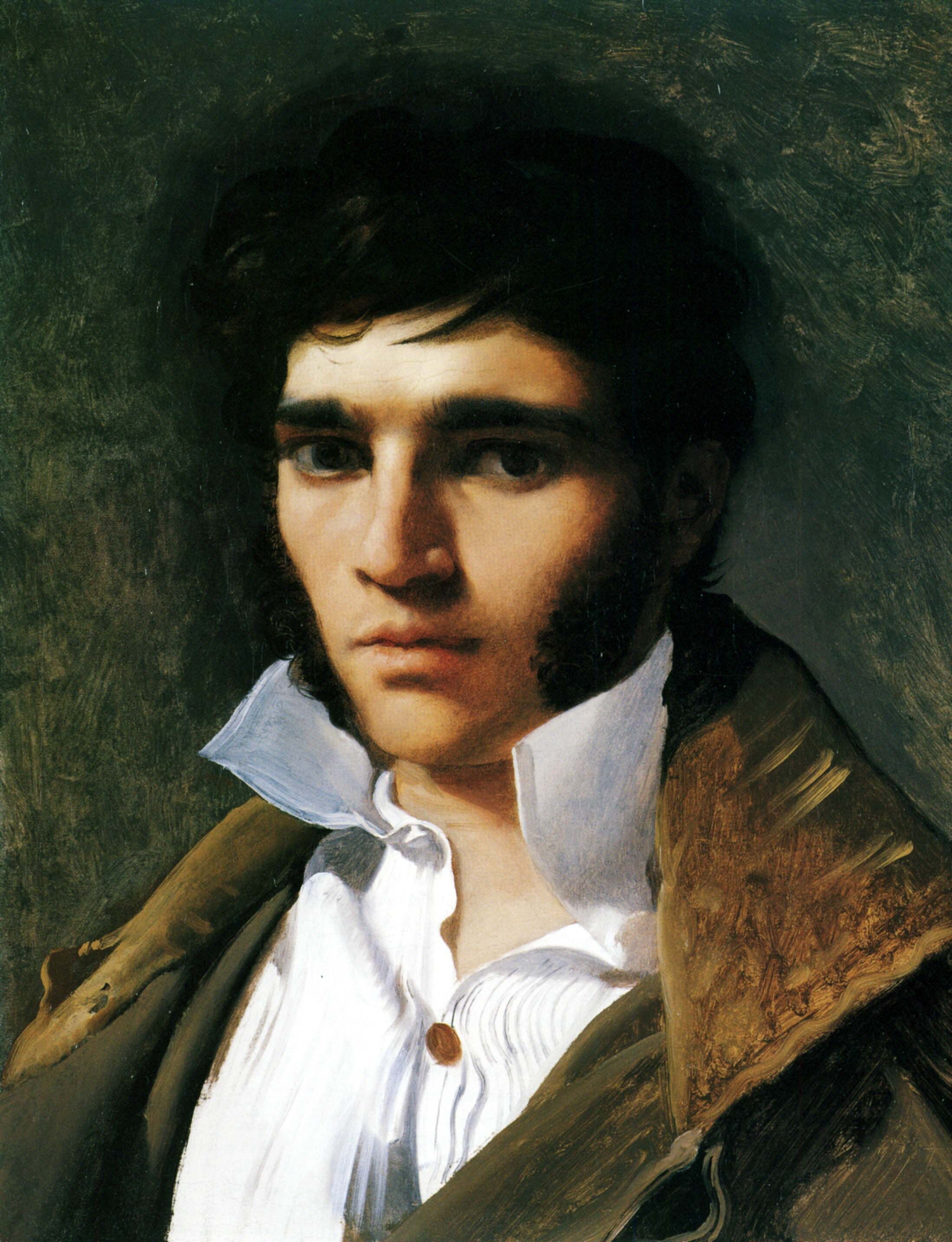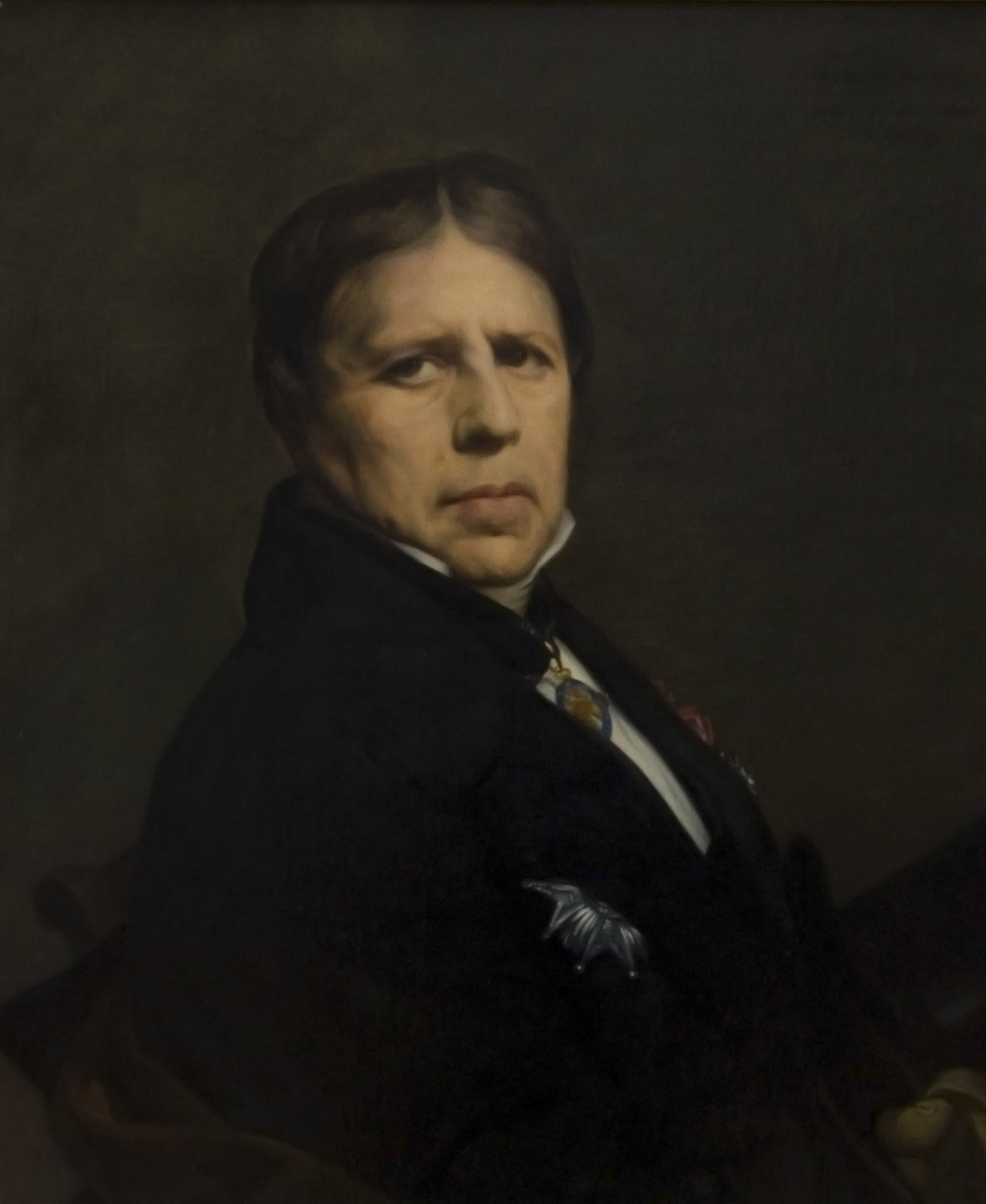Ingres was one of the greatest portrait painters in history. Like many great portrait artists, Gainsborough and Sargent included, he eventually came to complain about the demands of portrait painting. In Ingres' case creating likenesses was an ever-present and necessary distraction from the large-scale historical, mythological and religious paintings which drove his ambition as a painter. Ingres' student Robert Balze described his working routine in executing his portrait drawings, each of which required four hours, as "an hour and a half in the morning, then two-and-a-half hours in the afternoon, he very rarely retouched it the next day. He often told me that he got the essence of the portrait while lunching with the model who, off guard, became more natural.” Ingres drew his portrait drawings on wove paper, which provided a smooth surface very different from the ribbed surface of laid paper (which is, nevertheless, sometimes referred to today as "Ingres paper").




Paul Lemoyne
oil on canvas • 46 x 35 cm
 Jean-Auguste-Dominique Ingres
Jean-Auguste-Dominique Ingres